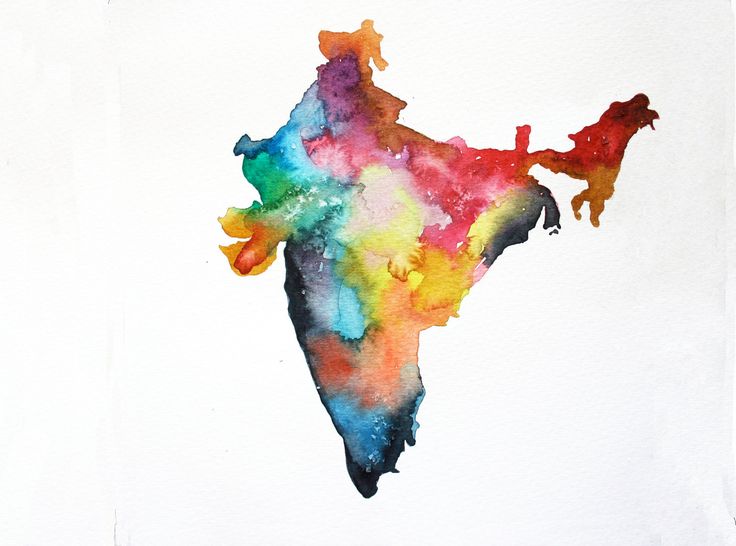
Several attributes of paper, including its pedagogic and packaging value makes Pulp and Paper industry (P&P) uniquely positioned among the manufacturing industries. Paper, is thus, recognized almost as a touchstone of socio-economic development.
This traditional Indian P&P sector had leveraged and played a pivotal role in laying the foundation for economic growth. It is also one of the 35 high priority industries of Government of India (DIPP-Annual Report 2010-11). It contributes around Rs.2500 crores per annum to the national exchequer (Planning Commission 2008).
The sector has witnessed a mammoth change in the structure during the last three decades especially after liberalization It produced 1.19 % of total output produced by all organized industrial manufacturing industries in 2009-10. The export of paper industry to the total manufacturing exports is work out to 0.35% in 2010 while the import bill of paper and paperboard to the total imports is about 0.52%.
During the same time, the nature of India’s P&P industry had undergone a considerable change. The technological bias is highly material, and energy intensive by nature which begets humongous gamut of pollution.
The century old Pulp and Paper industry occupies an important position in the Indian Economy for its extended role of early industrialisation and social sector development.The emphasis on making India a knowledge-based economy after globalisation perpetuated the importance of P&P sector. The liberalization of the sector seems to have had the desired effect on its growth performance and nature in a competitive paper sector. Analysing the globalisation of the sector suggests that the inward looking policy framework vigorously advanced by Government in the past has reduced the import dependency and improve the self-
sufficiency.
However, the necessary fillip and encouragement provided since 1992 and more so since the onset of liberalization have remarkably transformed the structure leading to the sector becoming more globalised. The liberalization of the sector has also attracted few financial agencies to advance the long-term soft loans enabling the sector to curb the prolonged financial crisis to some extent.
Although this sector could not attract much FDI the liberalization has morphed the traditional ways of management. It helps transforming the industry from tiny producer to an international competitor. It enabled achieving self-sufficiency in most varieties of paper and paperboard with higher quality. In fact, there has been sustained increase in production of all varieties of products. The production of newsprint also registered high growth because of realization of higher prices and increasing exports.
The aggregate demand of paper is akin to that of trends observed in production. Owing to strong domestic consumer base the share of India’s paper consumption to the world’s total has been rising. The consumption shares of paper plus paperboard, and wrapping plus packaging paper have been rapidly rising due to simultaneous growth in packaging industry.
Moreover, the low per capita paper consumption in India compared to world’s average promises high growth of the sector in future. Moreover, the long-standing paper imports have been declining due to tremendous rise in the domestic production, which reflects that India has achieved self-sufficiency in paper and paper products over the years.
At the same time, the sector also witnessed an upward trend in export growth after liberalisation. The rising exports to high, middle, and low-income countries reflect the sector increasingly becoming self-independent and integrated with the world.
At the time when there is a change in the policy approach helping the sector becomes global, it also takes an integrated approach considering energy efficiency, sustainable supply of raw-material, and environmental impact. Therefore, it analysed two key components of input use, such as, energy and material, which are also considered to be the basic factors underpinning sector becomes efficient and global.
Examining the energy intensity, it is found that this sector has made impressive strides in improving energy efficiency after liberalisation driven by structural change of industry and improvements in the production process by imparting energy efficient environmentally-benign technology.
During the same time, the material intensity has also gradually increased because of steady increase in the number of factories. An emphasis given to large scale P&P Factories after liberalization in a view to improve the overall efficiency also contributed on increasing material consumption.
However, the composition of material consumption has witnessed a significant change from the use of conventional to non-conventional raw-material. The share of wood-based material to the total raw-material consumption has declined over the years due to high cost of wood caused by short supply. On the other hand, the uses of agro-based and recycled fiber-based materials have been rising owing to lack of supply of conventional raw-material.
It is also because of establishments of large number of medium and small firms encouraged by government during 1970s and 1980s to meet the burgeoning demand. Because of increasing emphasis on making the industry efficient and globally competitive the sector is increasingly moving towards energy efficient and environmentally friendly raw-material use.

